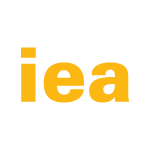February 4, 2025
Ghazal Ramzani is a Berlin-based Iranian dancer, choreographer, dance filmmaker, and facilitator. Her choreographic practice is deeply rooted in indigenous dance forms -particularly Kathak and Iranian movement traditions- and center on marginalized and undocumented stories. With a background from North Iran and deep ties to her working-class heritage, Ghazal’s artistic practice explores personal and communal histories, incorporating diverse media and archives to create a movement language that reflects counter-narratives and sidelined stories. Her current focus is on issues of silencing and censorship, the intersections between colonialism and the climate crisis, and reshaping dance spaces by confronting colonial legacies to cultivate decolonized environments and practices. The work she creates chronicles narratives of injustice, trauma and resistance that intertwine layers of the mythological, the historical, the political and the intimate.
Ghazal’s debut dance film, Self-Portrait and Other Ruins, a tribute to her foremothers’ legacy of resistance, has been widely exhibited and nominated at dance festivals, including MOVIN Cannes and Multiplié Dance Film. Trained in Kathak at the National School of Kathak in New Delhi under the guidance of esteemed choreographer Rajendra Gangani, she co-founded the Kalatva Collective to challenge conventional Indian performance structures. As a facilitator and Kathak teacher, she founded the Kathak Dance School Berlin, an inclusive space fostering experimentation and critical engagement with tradition. She also holds an MFA in Contemporary Performative Arts from the University of Gothenburg. Ghazal has been an artist-in-residence at the Goethe Institute in India and AirSilo in Austria, with her work showcased at prominent venues like Oyoun in Berlin, Nehru Center London and Triveni Kala Sangam in New Delhi.
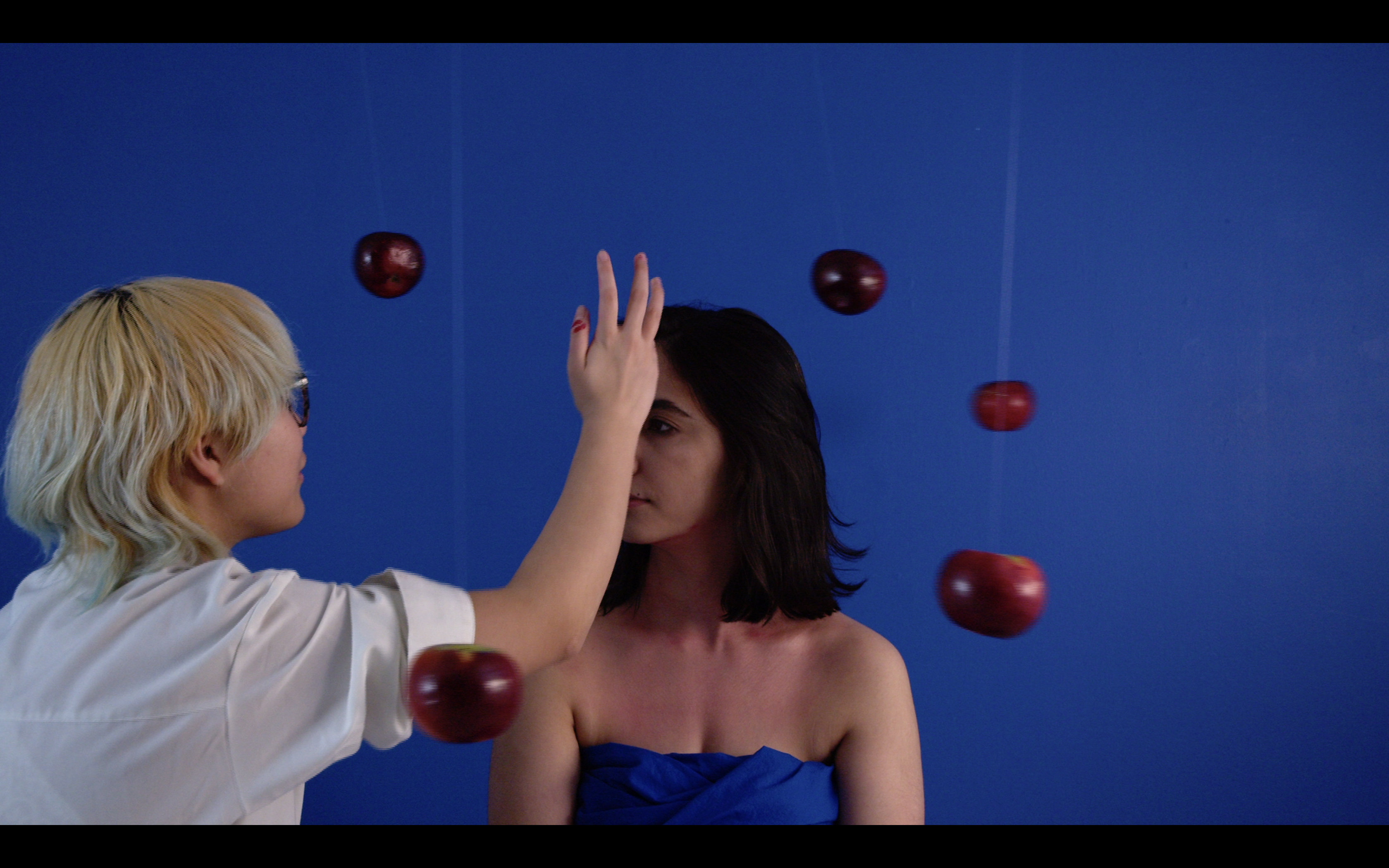
IEA Intern Veronica assits Ghazal in filming.
I have gathered over 10 hours of material, which I plan to refine into video montages using techniques like keying. The next step is to bring this material into another residency in the summer, where I will enter the post-production phase. During this time, I will make final creative decisions, determining whether the work will take the form of a film or a video and sound installation. Once the post-production is complete, I will seek out suitable exhibition or screening opportunities.
I experimented with the visual language for my new project, creating nine video sequences using different approaches. Some sequences involve stop-motion, while others incorporate movement and dance, and a few blend both. All the material was recorded in front of a blue screen to facilitate the keying process and allow for creative video montages in post-production. This experimentation with visual language is a crucial step in developing the aesthetic and conceptual framework for my new project, which focuses on navigating the complex terrain of censorship. The residency provided the studio, facilities, and time to experiment, enabling me to take the first steps towards realizing this project.
While I produced valuable video material, the true impact of this residency was in offering a space to rethink, expand, and reimagine my artistic approach, rather than simply repeating and reproducing what I know. Interacting with students and professors from different faculties, and exchanging ideas with them—especially during the artist talk—greatly enriched my creative process.
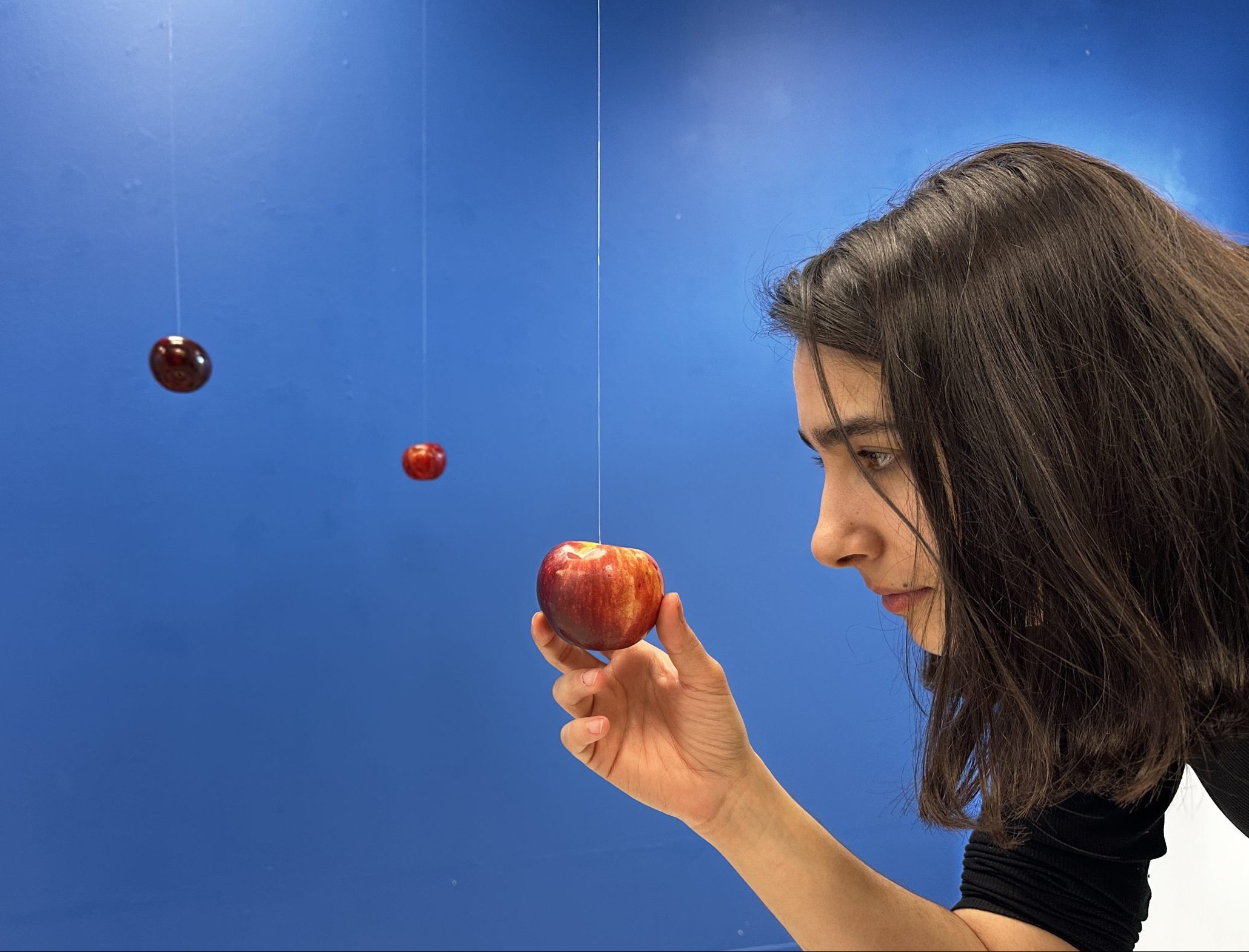
Blue screen research.
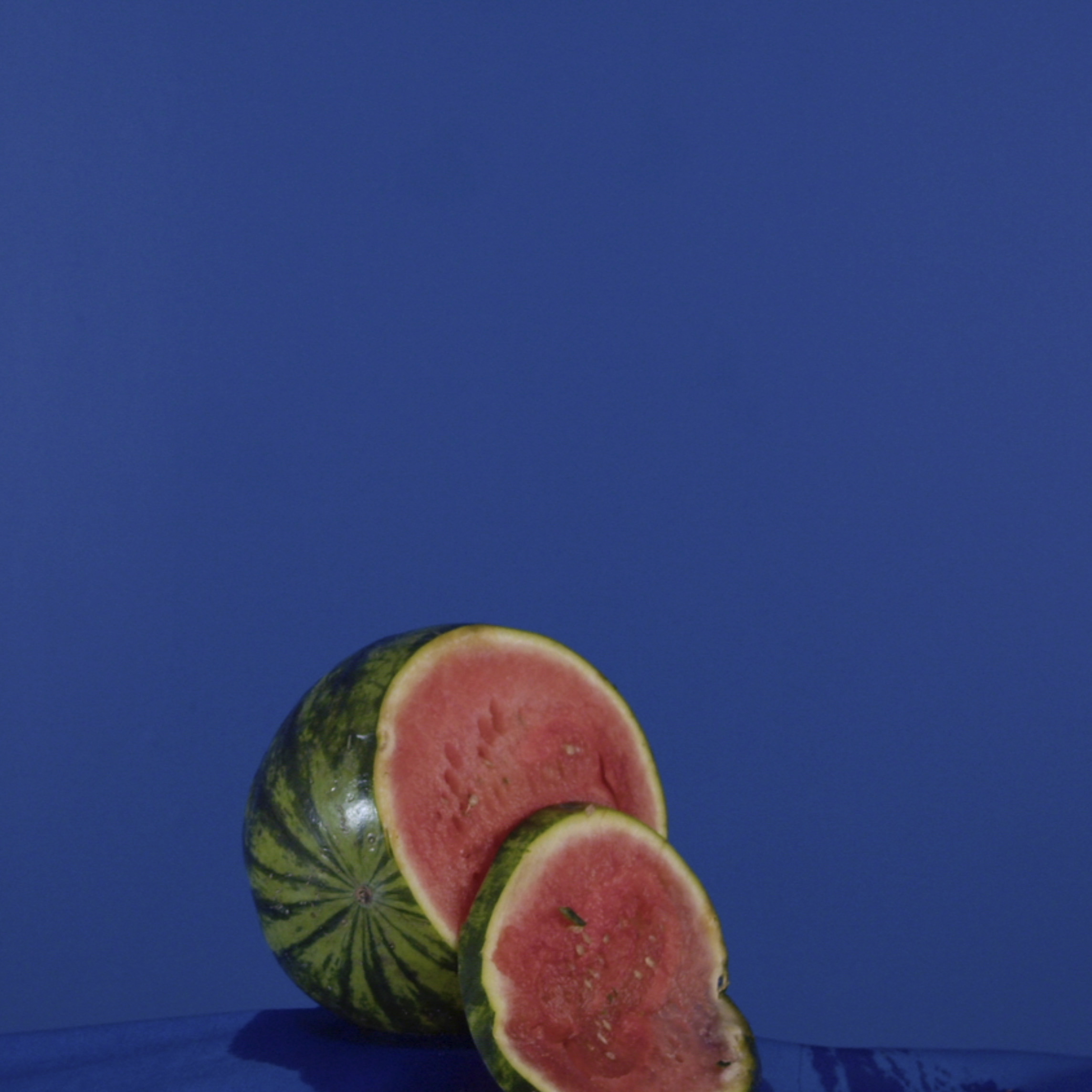
Video still from stop motion research.
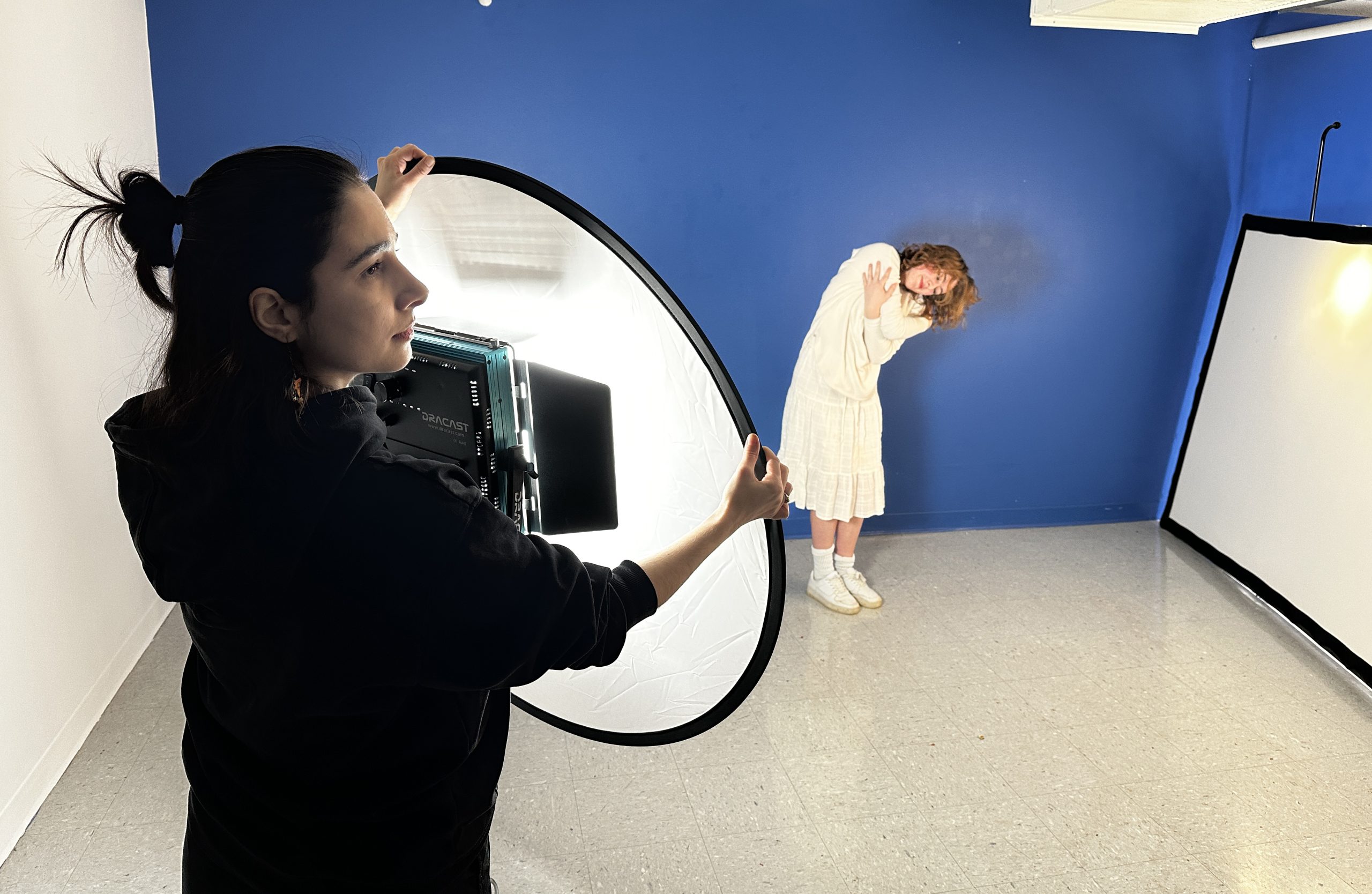
Undergrad student Juliette Lyons collaborates with Ghazal for video/movement capture.
